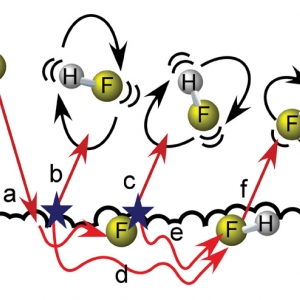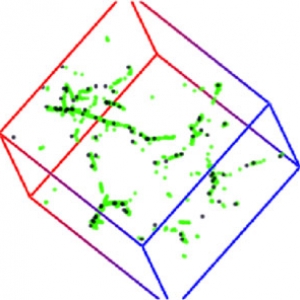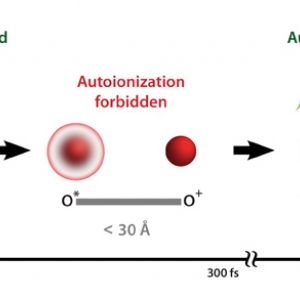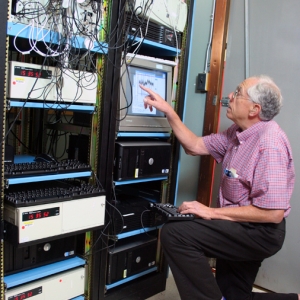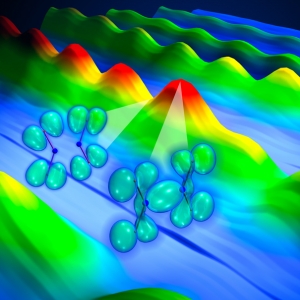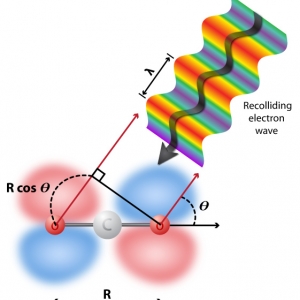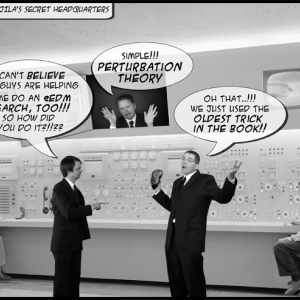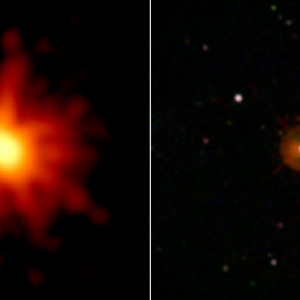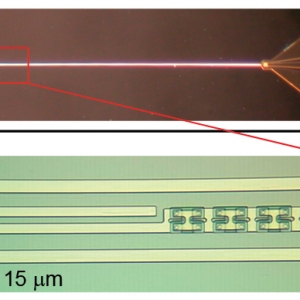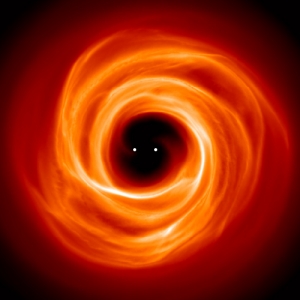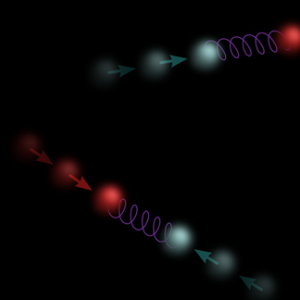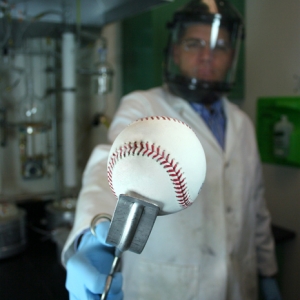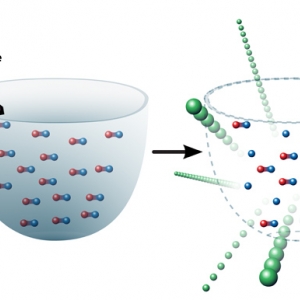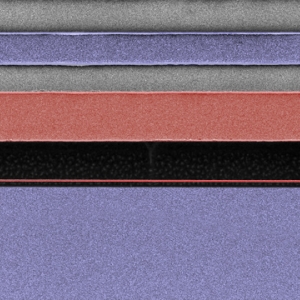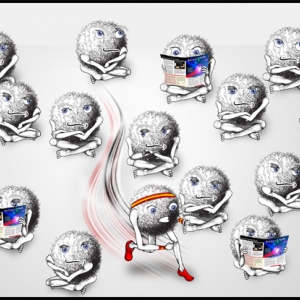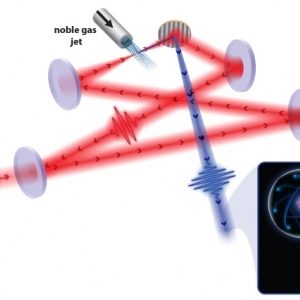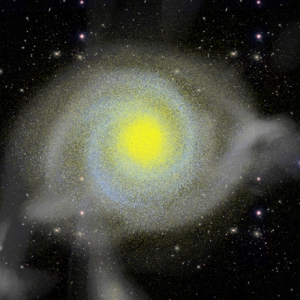Research Highlights
Displaying 361 - 380 of 470
Atomic & Molecular Physics | Chemical Physics
Collision Course
PI(s):
Chris Greene
Biophysics | Chemical Physics | Nanoscience
Explosive Evidence
PI(s):
David Nesbitt
Nanoscience | Precision Measurement
Beams In Collision
PI(s):
Jun Ye
Astrophysics
Threads of Stars and Shadow
PI(s):
Andrew Hamilton
Laser Physics | Nanoscience
Breaking Up Is Hard To Do
PI(s):
Henry Kapteyn | Margaret Murnane
Precision Measurement
Spare Time
PI(s):
Judah Levine
Laser Physics
The Lab with the X-ray Eyes
PI(s):
Henry Kapteyn | Margaret Murnane
Laser Physics | Nanoscience
Exotic Probes
PI(s):
Henry Kapteyn | Margaret Murnane
Atomic & Molecular Physics
The Oldest Trick in the Book
PI(s):
Eric Cornell | John Bohn
Astrophysics
Dusty Spaces
PI(s):
Rosalba Perna
Nanoscience | Precision Measurement
All Quiet on the Amplifier Front
PI(s):
Konrad Lehnert
Astrophysics
Marriage — Galaxy Style
PI(s):
Mitch Begelman | Phil Armitage
Atomic & Molecular Physics | Nanoscience
The Polar Molecule Express
PI(s):
Deborah Jin
Atomic & Molecular Physics
From Mental to Experimental?
PI(s):
John Bohn
Atomic & Molecular Physics | Nanoscience
Missing Link
PI(s):
Deborah Jin
Astrophysics
Where Have All the Hot Planets Gone?
PI(s):
Phil Armitage
Nanoscience | Precision Measurement
Nanoartisans Search for Quantum Tremors
PI(s):
Konrad Lehnert
Atomic & Molecular Physics | Nanoscience
Bragging Rites
PI(s):
Carl Wieman | Deborah Jin | Eric Cornell
Laser Physics | Nanoscience | Precision Measurement
Stalking the X-Ray Frequency Comb
PI(s):
Jun Ye
Astrophysics
Creating a Monster
PI(s):
Andrew Hamilton





